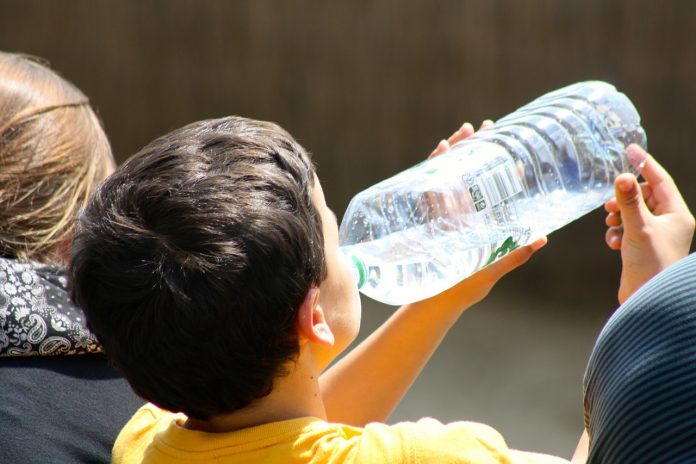Well, we won’t be waiting for this all to blow over at the Winchester. Ohio Gov. Mike DeWine made that clear when he announced all restaurants and bars would only be allowed to offer carryout and delivery options to customers. Incidentally, the announcement incited a new wave of panic and another rush on the grocery stores.
I’m no expert on viruses, pandemics or times of emergency, but I feel like knowledge is power in any set of circumstances. Whether you’re not that concerned or you’re the guy with all the toilet paper that everyone’s mad at, understanding basic survival skills can’t hurt.
Knowing how to disinfect drinking water in a time of emergency is vital. Human beings can survive without food for about three weeks. They can survive without water for three days.
Additionally, drinking water that’s not disinfected can expose humans to pathogens. In an emergency, disinfected water is necessary for drinking, cooking, washing dishes and brushing teeth. So give the grocery store a break and learn how to ensure you have clean water if things go south.
Finding a source of water
We’re actually pretty fortunate to have access to a lot of freshwater sources in Ohio. The northern border of the sate is formed by Lake Erie’s shoreline and the southern border is formed by the Ohio River. In between, tributaries, lakes, reservoirs and wetlands provide plenty of additional sources. Because of the abundance of water, many Ohio residents, who live outside city limits are able to have private wells on their property.
When you’re looking for water sources around your home, follow these rules to determine which ones are safe and which ones are not:
- Flowing water is preferable to stagnant water.
- Don’t use water that has a dark color.
- Don’t use water that has a questionable odor.
- Avoid using water with floating material in it.
For more information on identifying healthy water sources, check out How to determine if your creek is healthy.
Boiling water to disinfect
According to the World Health Organization, Boiling water is sufficient to kill pathogenic bacteria, viruses and protozoa. Follow these steps:
- If water is cloudy, let it settle and filter it through a clean cloth, paper towel or coffee filter before boiling.
- Bring water to a boil for at least one minute with a lid on your container to prevent water loss from evaporation. At altitudes above 5,000 feet, water needs to be boiled for three minutes.
- Store water in clean containers with lids and let it cool.
Disinfect water with bleach
If you can’t boil water, you can use regular, unscented chlorine bleach products that are suitable for disinfection and sanitization to disinfect water. Check the label to make sure the active ingredient contains 6 or 8.25% of sodium hypochlorite. Don’t use scented or color-safe bleach or bleaches with added cleaners.
What you need
- A clean dropper
- Liquid chlorine bleach, containing 6 or 8.25% of sodium hypochlorite, that has been stored at room temperatures for less than a year
Steps
- If water is cloudy, let it settle and filter it through a clean cloth, paper towel or coffee filter before adding bleach.
- Add recommended drops of bleach to the corresponding amount of water. For example, 8 drops of 6% bleach or 6 drops of 8.25% bleach should be used to disinfect a gallon of water. The amount of bleach needs to be doubled if the water is cloudy, colored or very cold. (Use the table to determine how much bleach to add to other amounts of water.)
United States Environmental Protection Agency - After the correct amount of bleach has been added, stir the water and let it stand for 30 minutes. If the water doesn’t have a slight chlorine odor, repeat the dosage and let it stand for another 15 minutes before using it.
- If the chlorine taste is too strong, pour the water from one clean container to another and let it stand for a few hours before use.













